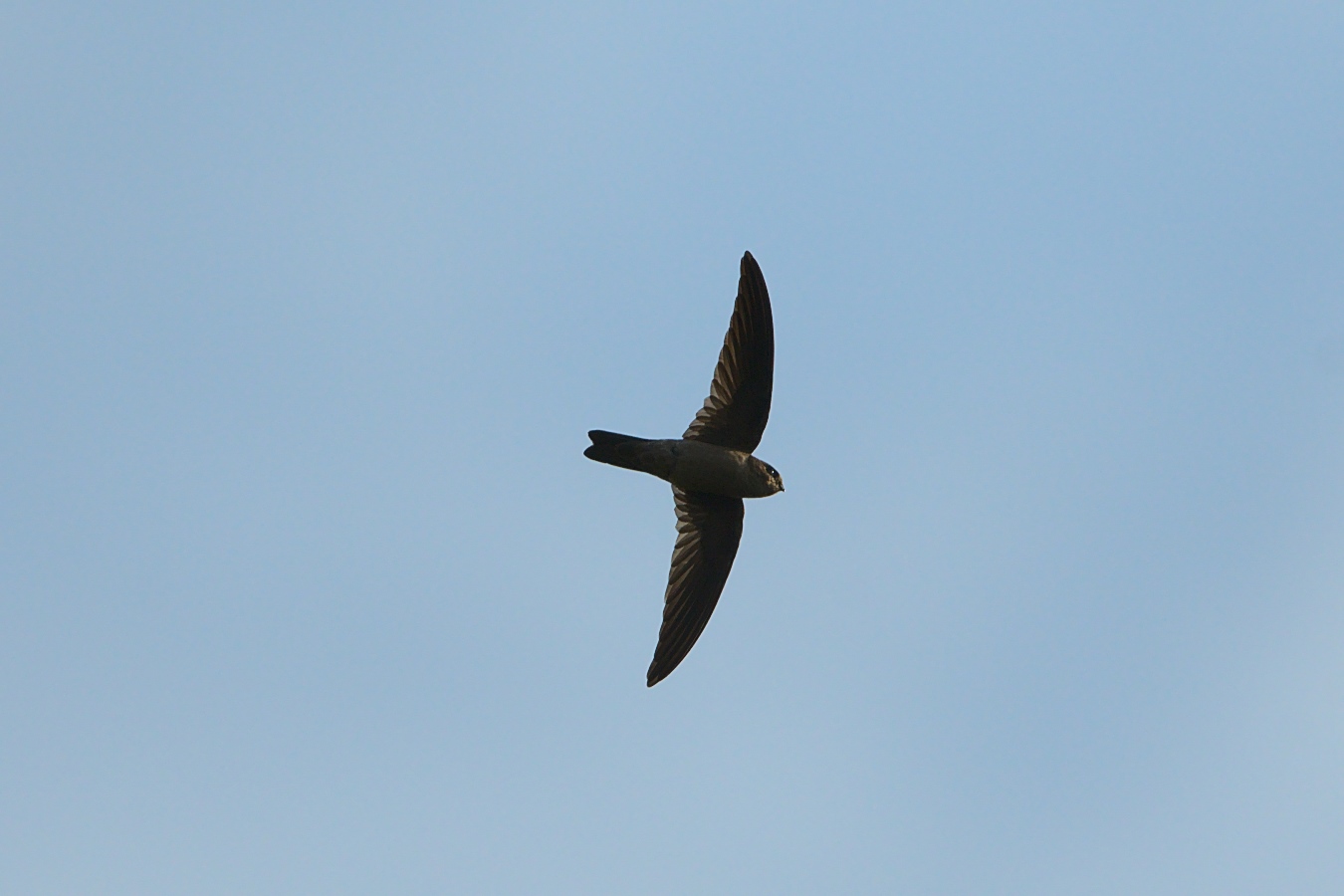Swiftlets and swiftlet products are in use for medical purpose in many countries across the Indian ocean. Stories about this animal were gathered and written by students. They are all part of a pedagogical project, funded by the National University of Singapore and the Université de Paris. The Bestiary site is a work-in-progress and a participatory educational tool, representing animals whose products or body parts are used to promote health and healing.
Whenever we walk into the Traditional Chinese Medicine (TCM) store, one will most likely see “Bird’s Nest” preparations displayed on the shelves next to the counter. Woven by swiftlets from their saliva, edible Bird’s Nest is one of the most popular tonics in TCM. Priced at a few hundred dollars just for a couple grams of Bird’s Nest, one can only imagine the benefits by consuming it. Bird’s nest is classified as a neutral food that is neither heaty, nor cooling. Its sweet flavour means it exhibits a nourishing property as well. It is said to move through the meridians of the lungs, stomach and kidneys.
Regarding the production, most nests are built during the breeding season by the male swiftlet over a period of 35 days. They take the shape of a shallow cup stuck to the cave wall. The nests are composed of interwoven strands of salivary cement, containing high levels of calcium, iron, potassium, and magnesium
With the escalation in demand these sources have been supplanted since the late-1990s by purpose-built nesting houses, usually concrete structures following the design of the Southeast Asian shop-house. These nesting houses are normally found in urban areas near the sea, since the birds have a propensity to flock in such places. It has become an expanding industry as is evident in such places as the province of North Sumatra. With China contributing to more than 90% for the demand of Bird’s nest, Bird’s nest are mostly exported to Hong Kong. As Bird’s nests only require the salivary cement of the swiftlets, the population of swiftlets is unharmed and remains healthy.
Value in Asian medicine
Swiftlets are generally not a zoonoses carrier. However, their feces does contain E.coli but such findings are normal as the majority of all wild birds’ feces contain E.coli. Furthermore, some may suspect that Swiftlets may be susceptible to Avian Influenza H5N1 and this may be passed on to humans via its bird’s nests. Reports done by the Malaysian Journal Of Veterinary Research has shown that there are “swiflets in both cave and farmed environments collected in Sabah are free from both the H5N1 and ND viruses”.
Moving on to the benefits of bird’s nest, it contains high glycoprotein, collagen and amino acid, antioxidants, hormones, and various minerals such as calcium, potassium, iron & magnesium which are all nutritional. Other than improving one’s health, bird’s nest is also used in skincare ointment to maintain youthful skin. It is known in TCM that bird’s nest can:
1 • boost immunity system
2 • improve healing and recovery
3 • build up body strength
4 • improve beauty
5 • maintain youthful skin
Due to its high glycoproteins, amino acids and mineral salts, consuming bird’s nests can aid the elderly to recuperate and reduce aging problems. As bird’s nests aid in stimulating appetite, it helps children to develop and grow by improving their digestion.
TCM believes that the swiftlet bird’s nest plays a huge role during pregnancy as it is nourishing and provides vital foods for women who are pregnant or breastfeeding. It’s high in glycoprotein and amino acids, which are the cell’s building blocks. It is well-known for strengthening the immune systems of both mother and infant. The fetus is said to benefit from the bird’s nest because it stimulates cell growth, improves blood supply, and strengthens the immune system. The following items are found in a bird’s nest and are extremely important for mothers to have:
Collagen’s richness aids in the reduction of stretch marks after breastfeeding and encourages the mother to regain her flawless skin following childbirth.
Threonine improves the mother’s skin and stretch marks by increasing collagen and elastin production.
Glycine can help pregnant women prevent pre-eclampsia and reduce the risk of neural tube defects in their infants.
Tryptophan (a precursor to serotonin and melatonin) helps mothers feel less tired, anxious, and stressed. It helps in the mother’s recovery after childbirth and the child’s development.
With so many nutritional benefits, one may question if there are any side effects to consuming bird’s nests. The answer to this is no and researches show no harmful side effects have ever been recorded, other than the rare instances when one is allergic to it.
There are also different grades of bird’s nests. The purest bird’s nest is the top category, since it’s 90% edible right after harvesting and takes the least amount of processing to make it ready to eat. This grade of bird’s nest has longer strands, a better scent when baked, and is usually white, gold, or blood-red in color. The size and color of the bird’s nest play a role, as well. The bigger the nest, the higher the price, and if it’s a special color like gold or red, you can bet it’ll go for a lot of money because it’s so rare. Nests that are 50% and 10% edible after harvesting are classified as second and third grade, respectively, and their prices reflect this. Since the fibres are less dense, the nests of these classes have a crispier consistency when cooked.
In conclusion, we have seen that the bird’s nests produced by swiftlets are full of nutrients and have little to no side effects. This is why TCM values them greatly and continues to sell them for generations ever since back in the Tang Dynasty (A.D 618-907).




